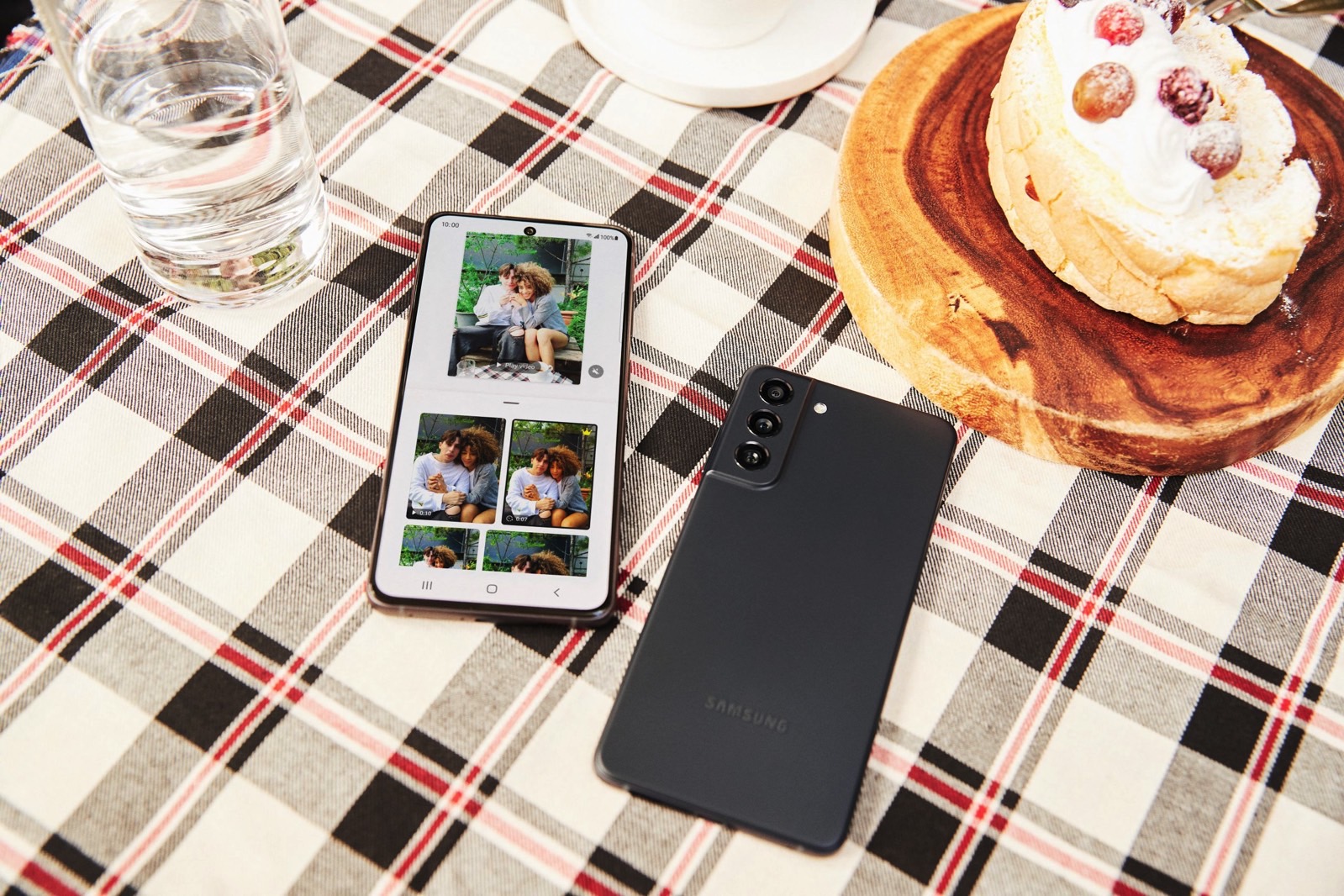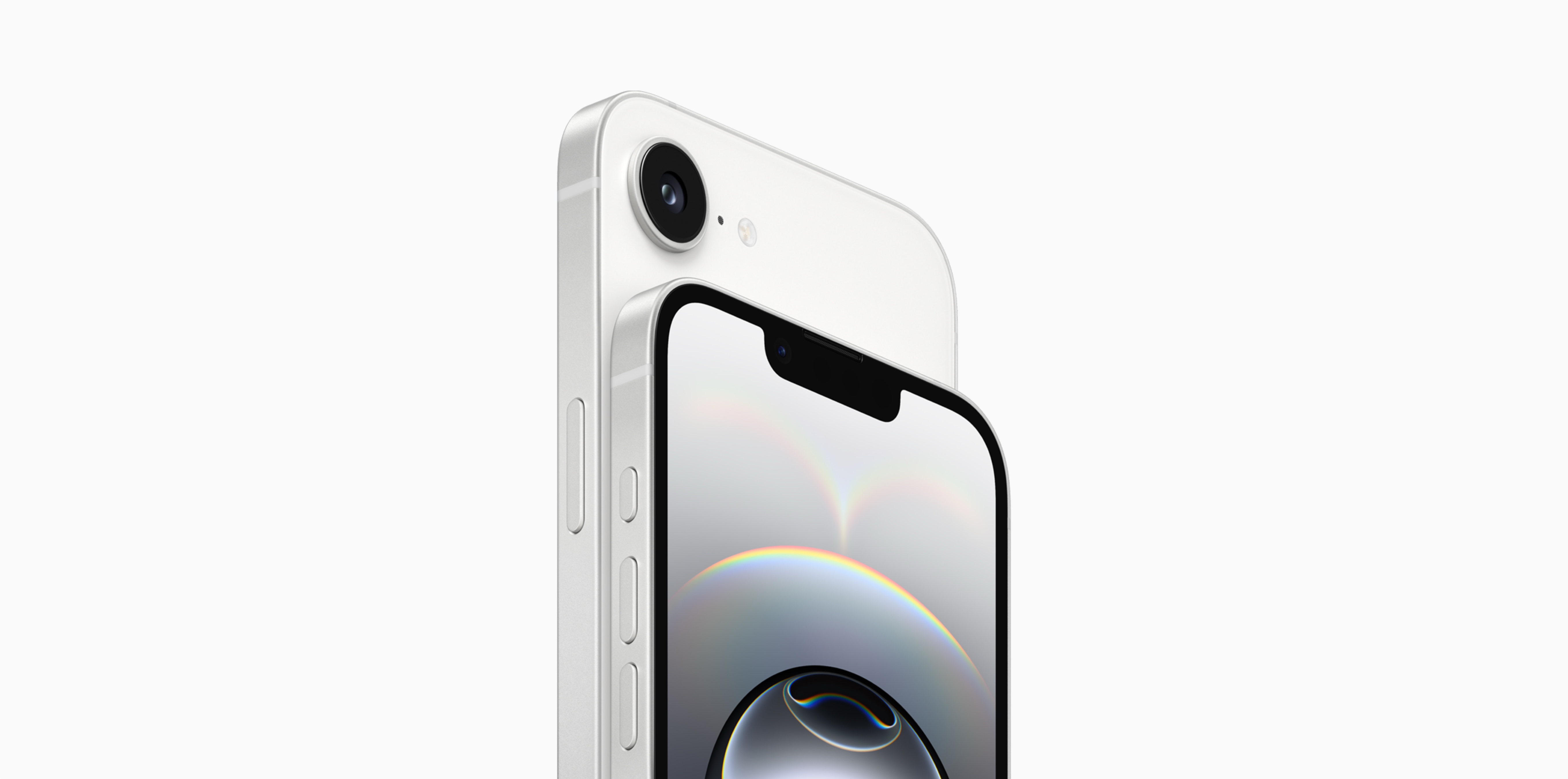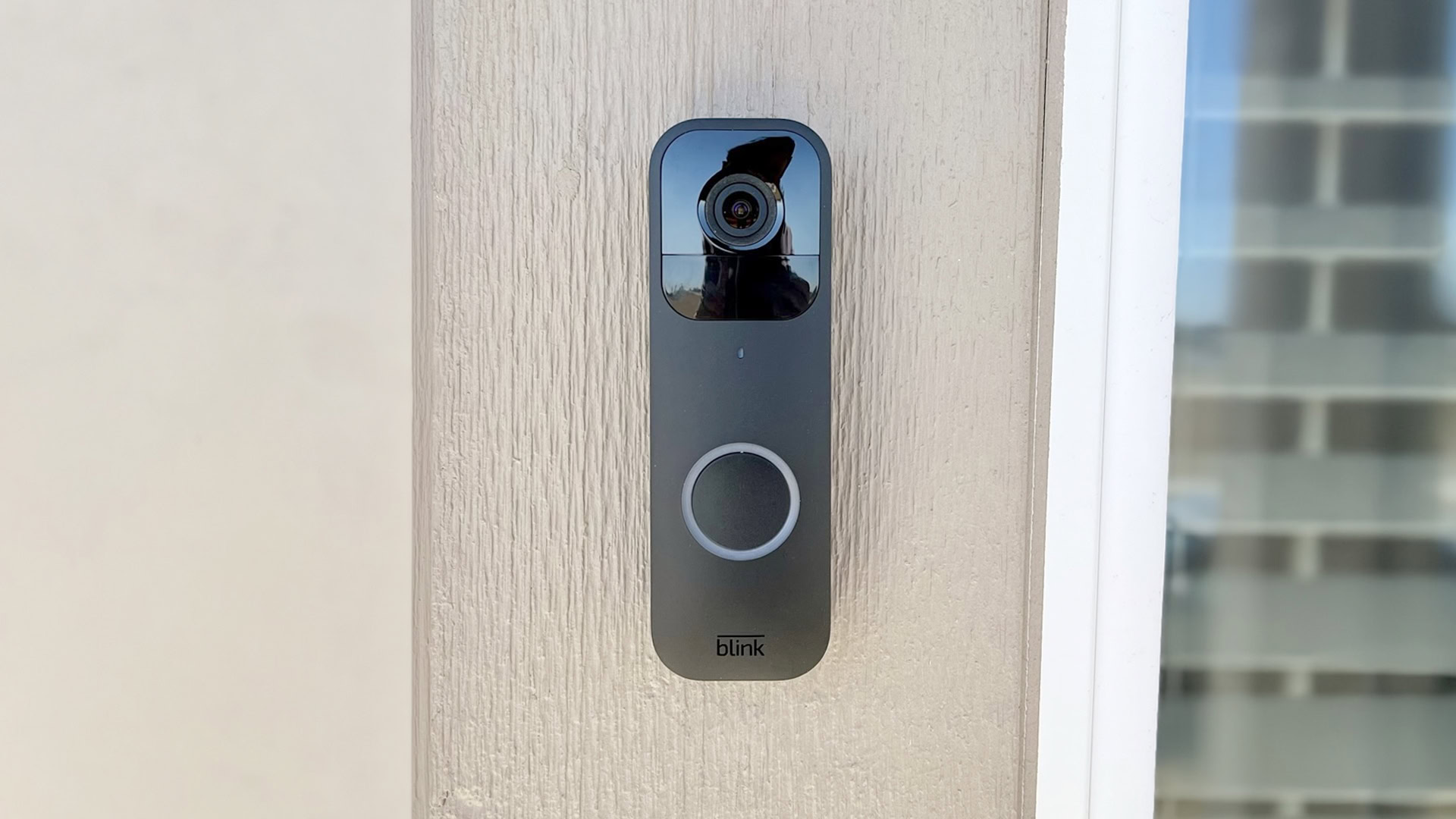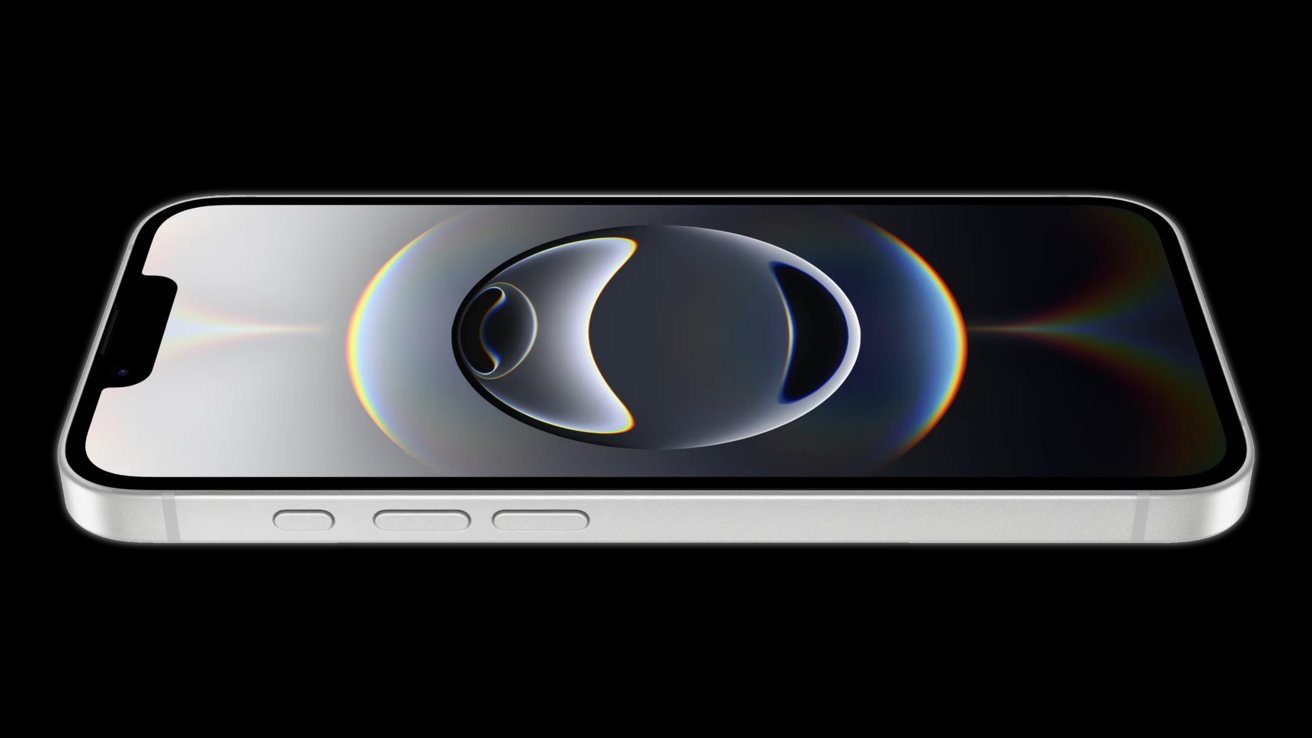For years, Apple has prided itself on setting the industry standard. Yet with the iPhone 16e, it seems the company is taking yet another page straight out of Samsung’s playbook, and Apple is embracing the “almost premium, but not quite budget” approach of the FE series for its latest iPhone.
Looking at the iPhone 16e, it’s hard not to be confused by the phone’s entire existence. It’s almost a flagship device—offering the same chip as the newer iPhone 16, as well as the same AI capabilities you’d see from the 15 Pro Max and above. But there are a lot of places its lacking, too, not to mention the price doesn’t really feel very budget oriented.
For starters, it only has the one camera (though Apple says it’s two cameras in one), it’s missing MagSafe (a strange omission by any account), and it has a refresh rate of 60Hz—the same as the base iPhone 15 from 2023. In fact, if I squint just a bit, it kind of starts to feel like I’m looking at Apple’s version of the Galaxy FE line.
The FE (which stands for Fan Edition) line is perhaps Samsung’s most interesting line. It’s a “budget-but-not-quite-budget” series of smartphones that blend the lower price you’d expect from mid-range and budget devices with more premium features. And it’s been immensely popular in recent years. Now, Apple’s iPhone 16e looks to be following the same formula.
The 16e looks a lot like a blend between the body of the iPhone 14 and the specs of the iPhone 16. It boasts a 6.1-inch OLED display, a newer A18 chip, and even an “upgraded” 48MP camera. But look closer, and the telltale signs of cost-cutting are there.
While the camera sounds solid on paper, you can expect fewer advanced features compared to the main iPhone 16 lineup. Even if that somehow isn’t the case, there are a few areas where the iPhone 16e falls short of the original 16 line—most notably, the lack of MagSafe and Wi-Fi 7 support.
Of course, this isn’t just another budget phone offering. This is Apple’s attempt to lure budget-conscious users without making their flagships obsolete. It’s a game Samsung has become very good at playing, as the FE models are essentially their flagship phones with a few corners cut.
Apple, however, has historically resisted this approach. The SE series was its way of offering a cheaper iPhone while still leaning on nostalgia. But the 16e feels different—it’s Apple openly playing the “good enough” game Samsung loves to play.

Even the price makes it clear the 16e is Apple’s attempt at pushing into the FE game, as it comes in at just $100 cheaper than the cheapest of its current flagship offerings. Together, all of this makes it clear: Apple has realized there’s a market for “almost-flagship” devices, and it wants in.
Is this a bad thing? Not necessarily. More choice is always welcome for consumers like you and me, and for those who don’t need the best displays or features, it’s an attractive deal. But it’s also a sign that Apple is no longer leading from the front. The 16e isn’t a revolution—it’s just another smart business move. An attempt to carve out another slice of the market Samsung already dominates.
So here we are. The iPhone 16e is Apple’s take on the Galaxy FE, a mid-tier offering dressed in premium branding. And that’s fine. But we don’t have to pretend it’s anything groundbreaking.









